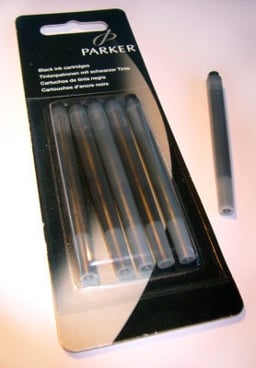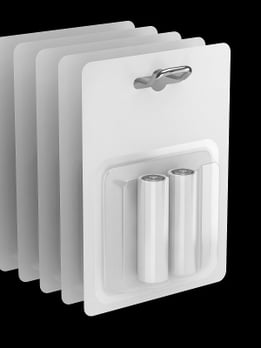Poor product quality due to packaging is a lot more common than you may think. From the time they leave the assembly floor all the way to unloading, your goods usually travel thousands of miles while being subjected to all kinds of conditions and different levels of care. In order for you to receive the product in the condition you expect, it needs to be protected throughout the long journey of shipping. That is why verifying packaging during product inspection is just as important as verifying the product inside.
Earlier we told you about five of the most important packaging QC checkpoints. Now we’ll tell you about the five most common packaging tests vital for product inspection to ensure you get the best protection possible for your product.
1. Carton Drop Test
This packaging test consists of a series of ten free-fall drops from varying heights depending on the package’s weight. The carton drop test is performed to ensure the safety of the product when the cartons are being transferred between factories and shipper containers, as they will be handled at various levels of care and can be dropped at different angles. Some factories do not allow this test to be performed during product inspection due to the delicate nature of the product inside (learn more at 5 Steps to the Carton Drop Test).
2. Retail Box Gluing Check
For retail boxes, pull lightly on the glued areas to determine if they are properly attached or not. This is an important packaging test during inspection as it ensures that the product inside will be secured safely within the packaging and that there will be no breakage. Poor adhesion of glue on packaging can cause retail or shipper cartons to fall apart and cause damage to the product.
3. Blister Packaging Strength Check
 For heat-sealed blister packaging, hit the back card at its sides onto a table with reasonable force and make sure the blister does not detach from the back card. There cannot be any open seals on any connection areas between the blister and the back card. The blister packaging itself is also tested and will usually be destroyed when opened. Nevertheless, blister packaging is often tested on the full sample size of product inspected. If a factory does not allow this packaging test to be performed on the full sample size during product inspection, inspectors should carry out the test on the greatest number of units the factory will allow.
For heat-sealed blister packaging, hit the back card at its sides onto a table with reasonable force and make sure the blister does not detach from the back card. There cannot be any open seals on any connection areas between the blister and the back card. The blister packaging itself is also tested and will usually be destroyed when opened. Nevertheless, blister packaging is often tested on the full sample size of product inspected. If a factory does not allow this packaging test to be performed on the full sample size during product inspection, inspectors should carry out the test on the greatest number of units the factory will allow.
4. Tying Strength Check
Any item attached to a back card with a twist tie is checked for sturdiness. Items should be well affixed to the card with the twist tie fixed tightly with at least 3-4 rotations. Once the twist tie is checked, the packaging should be shook 3-5 times to see if there is any sliding of the item, which would indicate that the twist tie is not tight enough. Any loose or insecure twist ties should be noted during product inspection, as this could compromise the quality of the product if the item is allowed to move freely within the packaging.
5. Peg Hole Hanging Test
 The peg hole hanging test is a type of static-load packaging test. Any item with a hang-tag hole should be hung up for at least 2 hours to test the durability of the packaging. A professional third-party inspector will often also photograph the item as it hangs to show the buyer how the item will look on the shelf. The item is tugged on gently to ensure the strength. During product inspection, each item must be manually hung up with the peg hole to check if the packaging around the peg hole is strong enough to hang the item for an extended period of time.
The peg hole hanging test is a type of static-load packaging test. Any item with a hang-tag hole should be hung up for at least 2 hours to test the durability of the packaging. A professional third-party inspector will often also photograph the item as it hangs to show the buyer how the item will look on the shelf. The item is tugged on gently to ensure the strength. During product inspection, each item must be manually hung up with the peg hole to check if the packaging around the peg hole is strong enough to hang the item for an extended period of time.
Conclusion
Improper packaging can cause major headaches for companies sourcing their products both domestically and from overseas. This is why it is critical to have your third-party inspection company perform these tests on packaging during product inspection before any shipment takes place.
From our vast range of experience inspecting products throughout Asia, we know that while packaging may seem like a small part of the process, if done correctly, it makes all the difference in the final result.
Do you have any horror stories about packaging that you saw in the finished product? Share them in the comments below!







